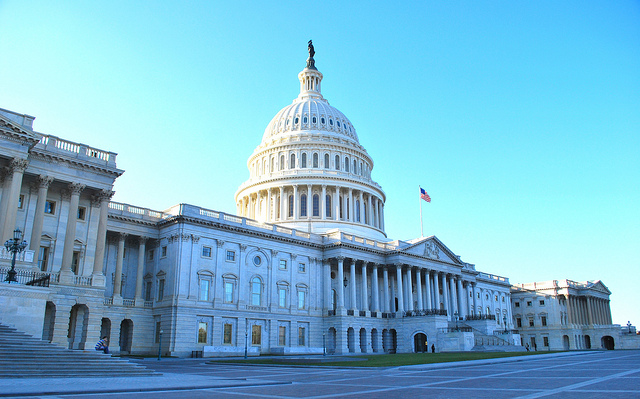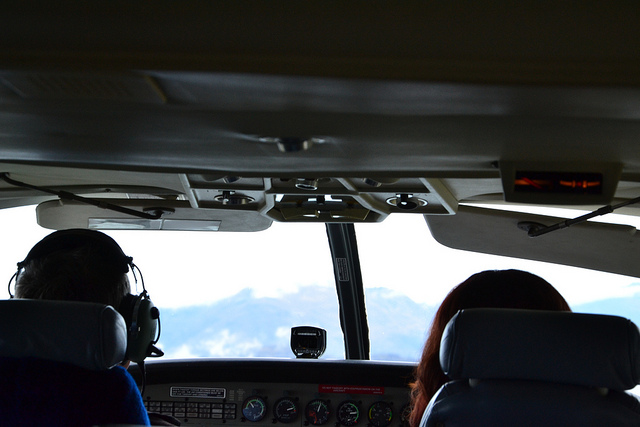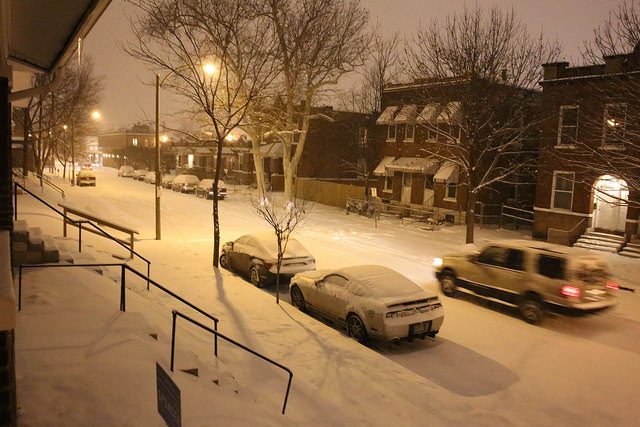The United States is engaged in an intense debate over the most substantial overhaul of immigration law in 20 years. The two houses of the US Congress have both created bills that each proposes to be the new laws and regulations for immigrants already in America and those that wish to come. Current and future visa holders will be affected, as will work and study permits. Legal and illegal immigrants all have vested interest in the outcome.
Topical:





